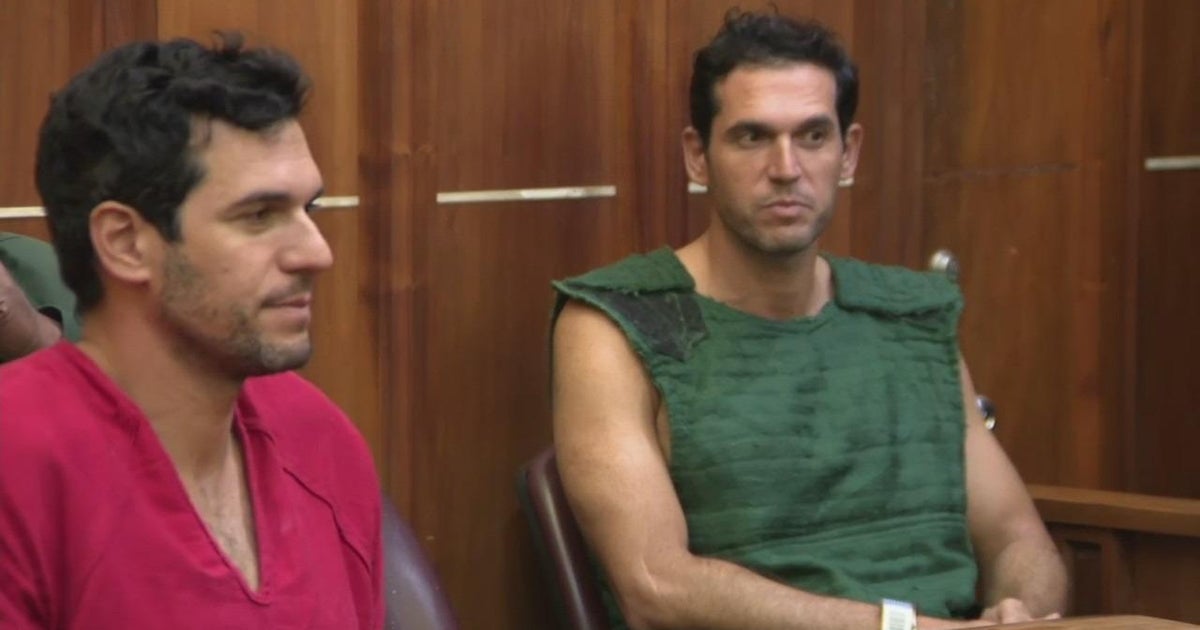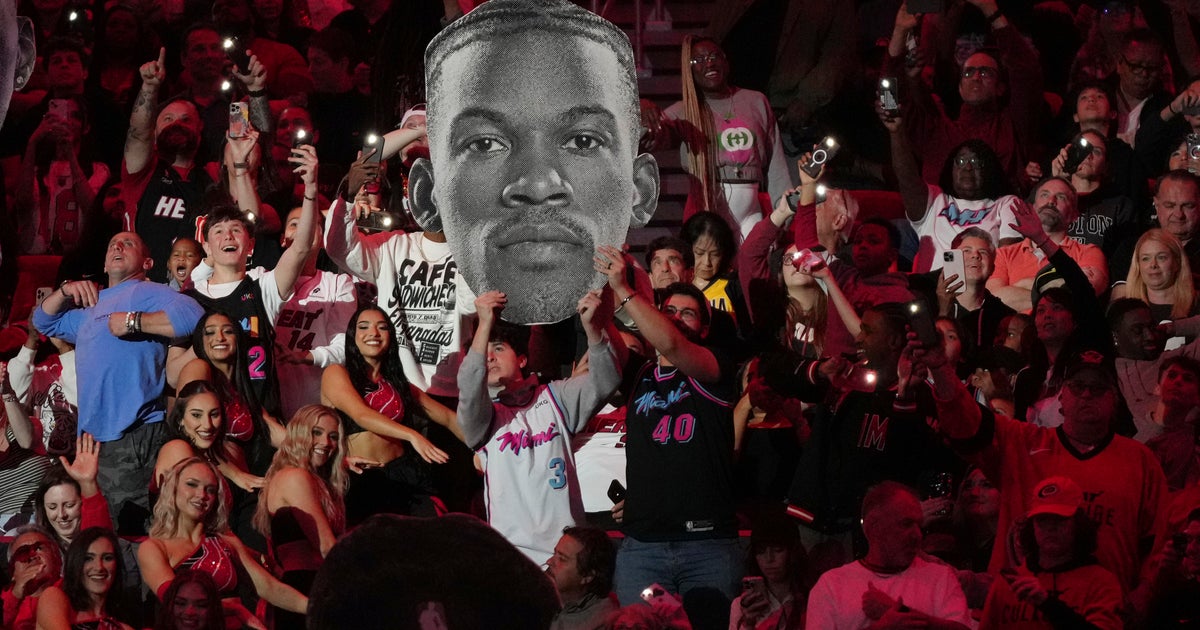Gunshot Wound Expert Testifies In Zimmerman Trial
SANFORD (CBSMiami/AP) — As defense attorneys neared the end of their presentation during the George Zimmerman trial, they tried to get Trayvon Martin's Facebook postings and text messages entered into court.
The Facebook message revealed comments about fighting.
Zimmerman's attorneys called a forensics computer analyst to tell the judge presiding over the trial that text messages on Martin's cellphone showed he was trying to buy or sell a gun. The analyst, Richard Connor, read to the judge text messages he found on Martin's phone that describe Martin recounting a fight he had been in to a friend.
However, after Connor testified, defense attorney Don West said he would narrow the focus to just Martin's texts on fighting because it reflected his physical capabilities.
Jurors were out of the courtroom. The testimony was given to Judge Debra Nelson to help her decide whether to allow the defense to use them. She had ruled that information about Martin's interest in guns and fighting couldn't be used during opening statements. But she left open the possibility that they could be introduced later.
Prosecutor John Guy said jurors shouldn't be presented with the text messages and photos of a gun found on Martin's phone, as well as a Facebook posting from a half-brother asking Martin when he was going to teach him how to fight.
"It would mislead the jury and be prejudicial," Guy said. "It doesn't tell us about Trayvon Martin and certainly doesn't tell us what George Zimmerman knew about Trayvon Martin."
However, West said they were relevant.
"It relates to his physical capabilities, his knowledge of fighting," West said.
The effort to get the text messages and cellphone images introduced came after the judge said she would rule Wednesday on whether a defense animation depicting the fatal struggle between Martin and Zimmerman can be played for jurors.
Nelson held an evidence hearing with jurors out of the courtroom. Prosecutors object to the animation, saying it isn't an accurate depiction.
Earlier in the day, defense attorney Mark O'Mara told the judge the defense would likely rest on Wednesday.
An expert on gunshot wounds also testified that the trajectory of the bullet and gunpowder on Trayvon Martin's body support Zimmerman's account that the unarmed black teenager was on top of the neighborhood watch volunteer when the defendant shot and killed Martin.
Forensic pathologist Dr. Vincent DiMaio also used photographs of Zimmerman to point out where he appeared to have been struck. His testimony took up a significant portion of the day's hearing. Defense attorneys, who said they may wrap up their case Wednesday, were hoping DiMaio's testimony would help convince jurors of Zimmerman's claims that he shot Martin in self-defense.
DiMaio, who was hired by the defense, said the muzzle of Zimmerman's gun was against Martin's clothing and it was anywhere from 2 to 4 inches from Martin's skin.
"This is consistent with Mr. Zimmerman's account that Mr. Martin was over him, leaning forward at the time he was shot," said DiMaio, the former chief medical examiner in San Antonio.
DiMaio testified that lacerations to the back of Zimmerman's head were consistent with it striking a concrete sidewalk. Later, when looking at photos of Zimmerman's injuries taken the night of the shooting, DiMaio identified six separate impacts to Zimmerman's face and head. He said he believed Zimmerman's nose had been broken.
"It's obvious he's been punched in the nose and hit in the head," he said.
Under cross-examination, DiMaio conceded that the gunshot could also be consistent with the 17-year-old Martin pulling away from Zimmerman, and that he reached his conclusion without factoring in statements from some neighbors who say Zimmerman was on top of Martin. DiMaio, who has testified at high-profile trials such as that of record producer Phil Spector, said witness accounts are often unreliable. The pathologist said he had been paid $2,400 by the defense.
DiMaio's testimony also addressed the difference between Zimmerman's account that he had placed Martin's arms out to his sides and a photo taken after the shooting that shows Martin's arms under his body. The pathologist said Martin would have been conscious for 10 to 15 seconds after the shooting as a reserve supply of oxygen ran out of his body, and during that time he could have moved his arms.
After DiMaio testified, the 911 calls that captured sounds of the fatal encounter were discussed again. Defense attorneys called Sanford City Manager Norton Bonaparte to the witness stand to describe the circumstances of how Martin's family came to hear the 911 tapes. Bonaparte said he played the 911 tapes while members of Martin's family sat together at City Hall. He played them as a courtesy before they were released publicly.
Defense attorneys are trying to show that Martin's family members may have influenced each other in concluding the screams are those of the Miami teen. Police officers testified for the defense that it's better for someone who is trying to identify a voice to listen to it alone.
Convincing the jury of who was screaming for help on the tape has become the primary goal of prosecutors and defense attorneys because it would help jurors evaluate Zimmerman's self-defense claim. Relatives of Martin's and Zimmerman's have offered conflicting opinions about who is heard screaming.
Zimmerman, 29, has pleaded not guilty to second-degree murder and says he shot Martin in self-defense during a scuffle in the townhome complex where he lived. Martin was there visiting his father and his father's fiancee.
Prosecutors contend that Zimmerman, who identifies himself as Hispanic, was profiling Martin and perceived the teen as someone suspicious in the neighborhood, which had been the site of a series of break-ins. The case sparked protests because police did not charge Zimmerman for 44 days and it touched off a nationwide debate about race and self-defense.
(TM and © Copyright 2013 CBS Radio Inc. and its relevant subsidiaries. CBS RADIO and EYE Logo TM and Copyright 2013 CBS Broadcasting Inc. Used under license. All Rights Reserved. This material may not be published, broadcast, rewritten, or redistributed. The Associated Press contributed to this report.)



